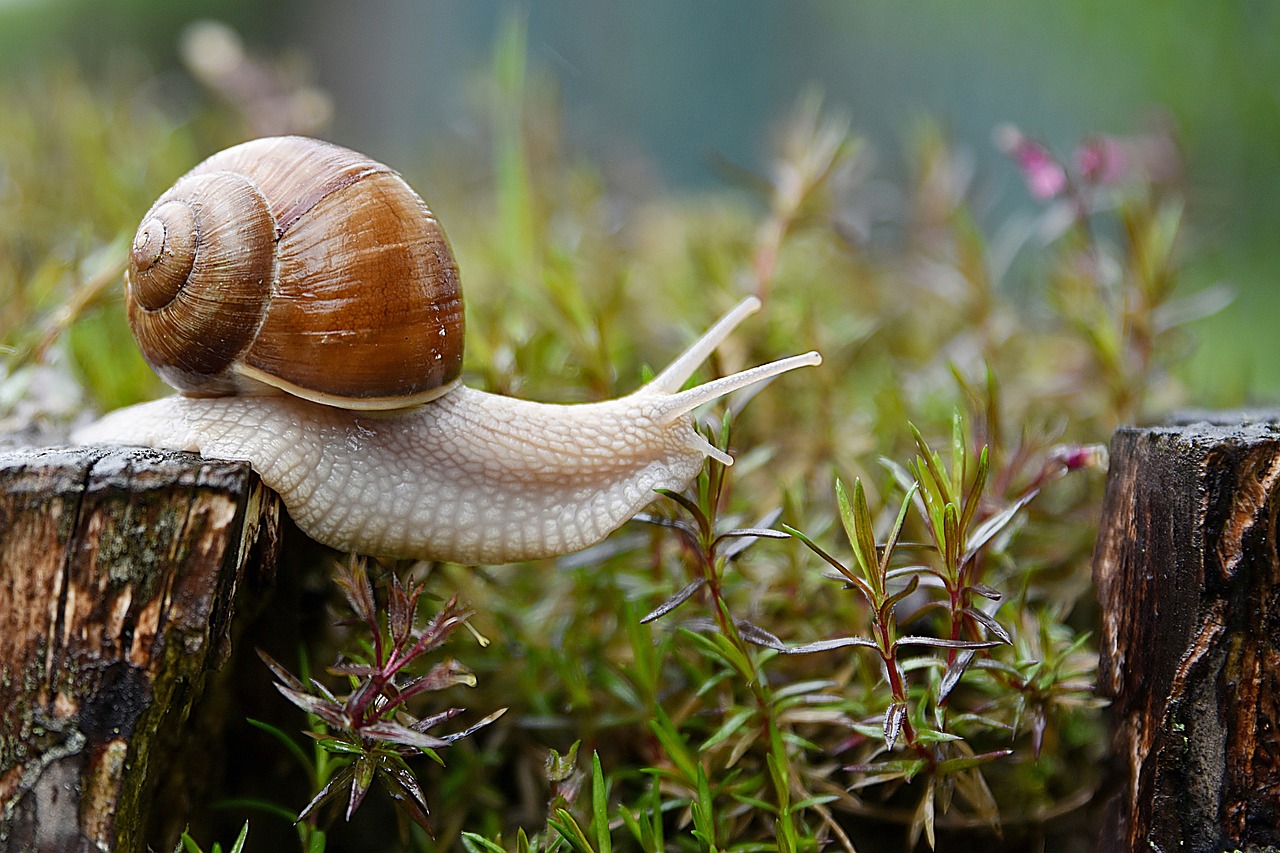Table of Contents
![]()
Freshwater ecosystems, teeming with life, harbor an array of fascinating species, among which freshwater shrimp and snails stand out due to their unique characteristics and vital ecological roles. This article explores the intricate world of these aquatic creatures, their behaviors, habitats, and the challenges they face.
Freshwater Shrimp
Taxonomy and Classification
Freshwater shrimp belong primarily to the order Decapoda, with notable families including Atyidae and Palaemonidae. Species such as the Amano shrimp (Caridina multidentata) and Cherry shrimp (Neocaridina davidi) are popular in the aquarium trade. Evolutionary adaptations have allowed these crustaceans to thrive in a variety of freshwater environments, showcasing a range of forms and functions tailored to their specific habitats.
Physical Characteristics
Freshwater shrimp exhibit diverse physical traits. They vary in size, from the tiny Ghost shrimp, which measures just a few centimeters, to larger species like the Macrobrachium shrimp. Their exoskeletons come in a spectrum of colors, including transparent, green, and red, often featuring intricate patterns that can serve as camouflage or mating displays. Their sensory appendages, such as antennae, aid in navigation and foraging, while their agile, segmented bodies facilitate swift movement through water.
Habitat and Distribution
Freshwater shrimp inhabit a range of environments, including streams, rivers, lakes, and ponds. Tropical regions often host a higher diversity of shrimp species, whereas temperate zones have fewer but still significant populations. Some species are endemic to specific areas, while others have been introduced to new environments, sometimes with unintended ecological consequences.
Behavior and Ecology
The feeding habits of freshwater shrimp are diverse. Many species are algae grazers, playing a crucial role in controlling algal growth and maintaining water quality. Others are detritivores, feeding on decomposing organic matter, which helps in nutrient recycling. Social structures vary; some shrimp are solitary, while others exhibit social behaviors. Reproduction involves complex mating rituals and egg care, with larvae often undergoing a series of developmental stages before maturing into adults.
Conservation and Threats
Freshwater shrimp face several threats, including habitat loss due to deforestation and pollution from agricultural runoff. Invasive species can outcompete native shrimp for resources, leading to declines in local populations. Conservation efforts focus on habitat protection, pollution control, and monitoring of shrimp populations to ensure their survival.
Freshwater Snails
Taxonomy and Classification
Freshwater snails belong to the class Gastropoda, with several prominent families including Planorbidae, Lymnaeidae, and Ampullariidae. Examples like the Ramshorn snail (Planorbella duryi), Leopard snail (Lymnaea stagnalis), and Apple snail (Pomacea canaliculata) illustrate the diversity within this group. Evolutionary adaptations have allowed freshwater snails to thrive in various aquatic habitats, each with unique physiological traits.
Physical Characteristics
Freshwater snails are known for their distinctive shells, which come in various shapes, sizes, and colors. The shell’s structure, including its coiling patterns and thickness, can provide protection from predators and environmental conditions. Snails possess a radula, a specialized feeding organ that allows them to scrape algae or organic matter from surfaces. Their respiratory adaptations vary; some snails have gills, while others possess lungs for breathing air.
Habitat and Distribution
Freshwater snails can be found in a variety of aquatic environments, such as ponds, lakes, marshes, and slow-moving rivers. They exhibit a broad geographic distribution, with species adapted to different climatic conditions. Endemic species are restricted to specific regions, while some invasive snails have spread globally, often disrupting local ecosystems.
Behavior and Ecology
The feeding habits of freshwater snails vary widely. Herbivorous snails graze on algae and aquatic plants, while detritivores feed on decomposing matter. Some species are even carnivorous, preying on other small invertebrates. Snails’ social behaviors can range from solitary to gregarious, with reproductive strategies including laying eggs in clusters or individually. Their role in the ecosystem includes algae control and substrate modification, which contributes to habitat complexity.
Conservation and Threats
Freshwater snails are threatened by habitat degradation, pollution, and the spread of invasive species. Water quality issues, such as increased nutrient levels from agricultural runoff, can impact snail populations and their ecological roles. Conservation efforts are crucial to address these challenges, including habitat restoration and monitoring of snail populations to mitigate the effects of environmental changes.
Interactions Between Freshwater Shrimp and Snails
Symbiotic Relationships
Freshwater shrimp and snails often interact in symbiotic relationships. For instance, some shrimp species clean snails by feeding on algae and parasites that accumulate on their shells, benefiting both parties. Such interactions highlight the interconnectedness of aquatic life and the mutual benefits derived from these relationships.
Competition and Predation
While many interactions are beneficial, competition and predation also occur. Shrimp and snails may compete for resources such as food and habitat space. Additionally, some shrimp species prey on small snails, influencing population dynamics and ecological balance within their habitats.
Human Impact and Utilization
Aquaculture and Aquarium Trade
Both freshwater shrimp and snails are popular in the aquarium industry due to their colorful appearances and intriguing behaviors. They contribute to the aesthetic and functional aspects of aquariums, such as algae control and substrate maintenance. Aquaculture practices focus on breeding and care to meet the demands of hobbyists and ensure the health of these aquatic species.
Scientific Research
Freshwater shrimp and snails serve as model organisms in scientific research. Studies on their behavior, ecology, and physiology provide insights into broader ecological principles and evolutionary processes. Research also contributes to understanding environmental impacts and developing conservation strategies.
Conclusion
Freshwater shrimp and snails, with their diverse forms and functions, play critical roles in aquatic ecosystems. Their interactions with each other and their environment underscore the complexity and interconnectedness of freshwater habitats. As we continue to explore and understand these unique organisms, it becomes increasingly important to address the challenges they face and work towards their conservation. Preserving these fascinating creatures ensures the health and balance of freshwater ecosystems for future generations.
Share This





Be the first to comment